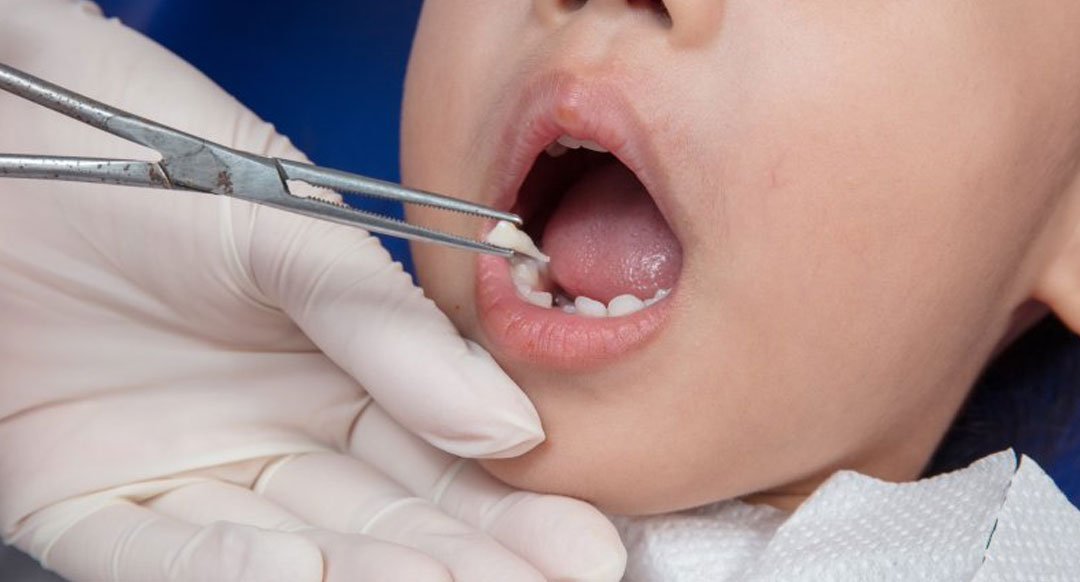


Dental extractions, also known as tooth extractions, refer to the removal of one or more teeth from the mouth. Here's a brief overview of dental extractions:
Severe Tooth Decay:
When tooth decay is extensive, and the tooth cannot be saved with treatments like fillings or root canals, extraction may be necessary.
Advanced Gum Disease:
Periodontal (gum) disease can lead to tooth loosening and bone loss. In advanced cases, extraction may be required.
Orthodontic Treatment:
In some orthodontic cases, overcrowded teeth may need to be removed to create space for proper alignment.
Impacted Wisdom Teeth:
Wisdom teeth, also known as third molars, often don't have enough space to emerge properly and may become impacted. Impacted wisdom teeth can cause pain and infection, necessitating extraction.
Broken or Fractured Teeth:
Severely broken or fractured teeth that can't be restored may need to be extracted.
Preventive Measures:
In some cases, preventive extraction of baby teeth may be recommended to facilitate the eruption of permanent teeth.